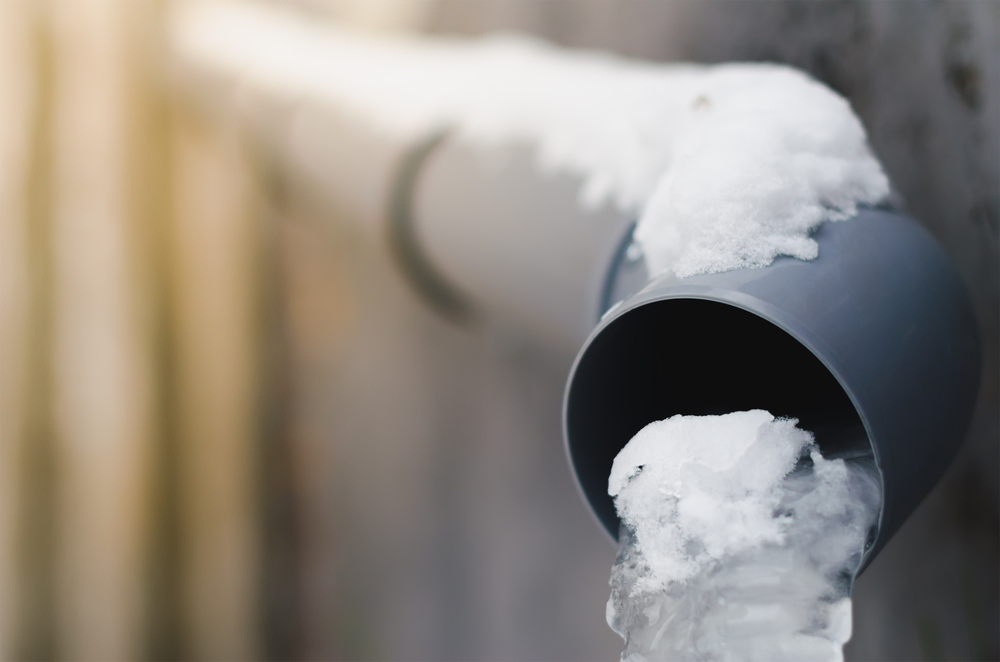Listed here on the next paragraphs yow will discover additional awesome insight regarding How To Avoid Freezing Pipes.

Winter can damage your pipes, specifically by freezing pipes. Below's exactly how to stop it from occurring and what to do if it does.
Introduction
As temperatures drop, the risk of icy pipes increases, possibly resulting in expensive repairs and water damages. Recognizing how to prevent frozen pipes is important for house owners in chilly climates.
Avoidance Tips
Insulating vulnerable pipelines
Cover pipes in insulation sleeves or make use of heat tape to secure them from freezing temperature levels. Focus on pipes in unheated or outside locations of the home.
Heating techniques
Maintain indoor rooms adequately heated, particularly areas with plumbing. Open up cabinet doors to permit cozy air to flow around pipes under sinks.
How to determine icy pipelines
Try to find decreased water circulation from faucets, uncommon odors or noises from pipelines, and visible frost on exposed pipes.
Long-Term Solutions
Structural modifications
Take into consideration rerouting pipelines far from exterior walls or unheated areas. Include additional insulation to attics, basements, and crawl spaces.
Upgrading insulation
Purchase high-grade insulation for pipes, attics, and walls. Proper insulation aids keep regular temperature levels and decreases the danger of frozen pipelines.
Securing Outdoor Plumbing
Yard pipes and outdoor taps
Detach and drain pipes garden tubes before winter season. Install frost-proof faucets or cover outdoor taps with shielded caps.
Understanding Icy Pipes
What creates pipelines to freeze?
Pipes ice up when exposed to temperature levels listed below 32 ° F (0 ° C) for expanded durations. As water inside the pipes freezes, it expands, putting pressure on the pipe walls and possibly creating them to burst.
Threats and problems
Icy pipes can lead to water supply disturbances, property damage, and pricey repairs. Burst pipelines can flood homes and create substantial structural damage.
Indicators of Frozen Pipes
Recognizing frozen pipelines early can prevent them from bursting.
What to Do If Your Pipelines Freeze
Immediate activities to take
If you think frozen pipelines, maintain faucets open to ease stress as the ice thaws. Make use of a hairdryer or towels taken in hot water to thaw pipelines gradually.
Final thought
Protecting against frozen pipes needs positive actions and fast reactions. By comprehending the reasons, indicators, and preventive measures, house owners can secure their pipes during winter.
5 Ways to Prevent Frozen Pipes
Drain Outdoor Faucets and Disconnect Hoses
First, close the shut-off valve that controls the flow of water in the pipe to your outdoor faucet. Then, head outside to disconnect and drain your hose and open the outdoor faucet to allow the water to completely drain out of the line. Turn off the faucet when done. Finally, head back to the shut-off valve and drain the remaining water inside the pipe into a bucket or container. Additionally, if you have a home irrigation system, you should consider hiring an expert to clear the system of water each year.
Insulate Pipes
One of the best and most cost-effective methods for preventing frozen water pipes is to wrap your pipes with insulation. This is especially important for areas in your home that aren’t exposed to heat, such as an attic. We suggest using foam sleeves, which can typically be found at your local hardware store.
Keep Heat Running at 65
Your pipes are located inside your walls, and the temperature there is much colder than the rest of the house. To prevent your pipes from freezing, The Insurance Information Institute suggests that you keep your home heated to at least 65 degrees, even when traveling. You may want to invest in smart devices that can keep an eye on the temperature in your home while you’re away.
Leave Water Dripping
Moving water — even a small trickle — can prevent ice from forming inside your pipes. When freezing temps are imminent, start a drip of water from all faucets that serve exposed pipes. Leaving a few faucets running will also help relieve pressure inside the pipes and help prevent a rupture if the water inside freezes.
Open Cupboard Doors
Warm your kitchen and bathroom pipes by opening cupboards and vanities. You should also leave your interior doors ajar to help warm air circulate evenly throughout your home.

Hopefully you enjoyed our excerpt about How To Avoid Freezing Pipes. Thank you so much for taking a few minutes to read our piece of content. Sharing is good. You never know, you might be doing someone a favor. Thanks a lot for taking the time to read it.
Click Here